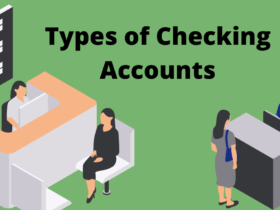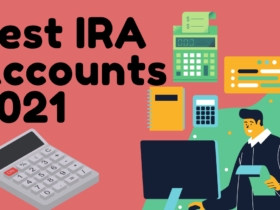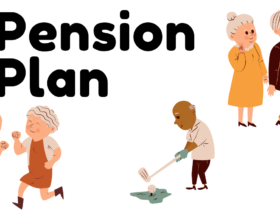Even if you really love your work day will come when it was last punch and time to start your retirement. When that time comes, you want to have a strong financial plan in place.
What Is Retirement Planning?
Retirement plan retirement income goals and actions and decisions are the processes of determining necessary to achieve those goals. A retirement plan includes an assessment to identify the source of income, expenses, to implement a savings program, and asset and risk management. Is to determine future cash flows, estimates that retirement will achieve revenue targets. Some retirement plans are that what you say, the United States, changed by Canada or are. Know about which is best IRA Accounts.
Retirement planning is ideally a lifetime process. You can start at any time, but it works best if you factor it into your financial planning from the beginning. This is why the best way is to ensure a safe, secure and fun retirement. The funny thing is why it makes sense to pay attention to the serious and perhaps boring part: planning how you’ll get there.
Why do you need retirement planning?
One day you’re celebrating your first time in a few decades, they have been cut a cake for his retirement farewell. Yes, life moves that fast.
Before you know it, you will be facing daily living expenses, grappling with medical costs, and fighting inflation. There are always emergencies in old age. So, having enough funds to deal with all these is important. Retirement is an important reality for everyone. But it is easy to lose track of a long-term goal. This is why you need a retirement plan.
Retirement Accounts
Should be on your list of priorities saving money. Most believe the financial experts that you should save at least 10% every year of their income, and many 20% to pursue it if suggest you can. However, how much to save, where about you is not just about saving it.
Over the past few decades, Congress has attempted to encourage retirement savings by allowing for the creation of special tax-advantaged retirement accounts. The most popular is the 401 (k), which is offered by most employers and is allowing you to contribute pre-tax dollars from your retirement with every paycheck.
Other retirement accounts can be opened independently of his employer. The most popular individual retirement account or IRA. “Traditional” is similar to the different types of accounts 401 (k), can be pre-tax contributions in money; Donated a few thousand dollars for an IRA, and money can be deducted on your taxes.
When to start retirement planning?
Like all planning, retirement planning should be done before. The average work between 30 to 35 years as well as being life elsewhere, the best retirement plans often started at an early age. This means that in retirement planning and execution of different life stages. When done right, you enjoy the fruits of retirement plan set in motion earlier years.
25-year-old starts Age ‘make 2 crore plan for retirement funds imagination. He / she will need money when he / she is 60 years old, or 35 years off age. Savings and only by investing in `3500 an investment opportunity per month that will achieve 12% per year, exceeding the 25-year-old target Pane` will be 2.3 million. But if he / she just decides to start a scheme after 5 years, or when he / she is 30, she is now `1.2 million, or 5 years of 60 creates a small delay of half fund a world of difference to reach as you can see. Therefore, it pays to start early.
A proper retirement scheme will be divided into phase investment phase, the accumulation phase and back. In the first phase, you invest to save money. It may soon be in their 30s to 50s.
It is important to choose the period of contribution and contribution during the stage of investment. For example, saving ‘is not difficult for anyone with an old Lia` 12 million annual income of 3 million 20 years. Worth saving 25%. Savings because pragmatic about their financial responsibilities due to home loans, wedding and children’s expenses can be later.
Stages of Retirement Planning
| Young Adulthood (ages 21–35) | Early Midlife (36–50) | Later Midlife (50–65) |
|---|---|---|
| Compound interest allows interest to earn interest, and the more time you have, the more interest you will earn. Even if you can only put $ 50 a month on one side if you wait to start investing at age 45, thanks to the joys of compromise, this investment triples at age 25. Will be worth more. You may be able to invest more money in the future, but you will be able to make up for the lost time. | At this stage of retirement planning, people should continue to take advantage of any 401 (k) matching programs offered by their employers. They should also try to contribute the maximum out to a 401 (k) and/or Roth IRA (you can have both at the same time). For those ineligible for a Roth IRA, consider a traditional IRA. As for your 401 (k), it is funded with pre-tax dollars and deferred property tax within it. | And set up and do not ever have to contribute to a 401 (k) or an IRA too late. The retirement benefit contributions catch-up in the planning phase. At the age of 50, you can make your traditional or Roth IRA, and contribute an additional $ 1,000 to their 401 (k) to an additional $ 6,000 a year to a year. |
Read Also :- How to Invest in Stocks A Beginner’s Guide








